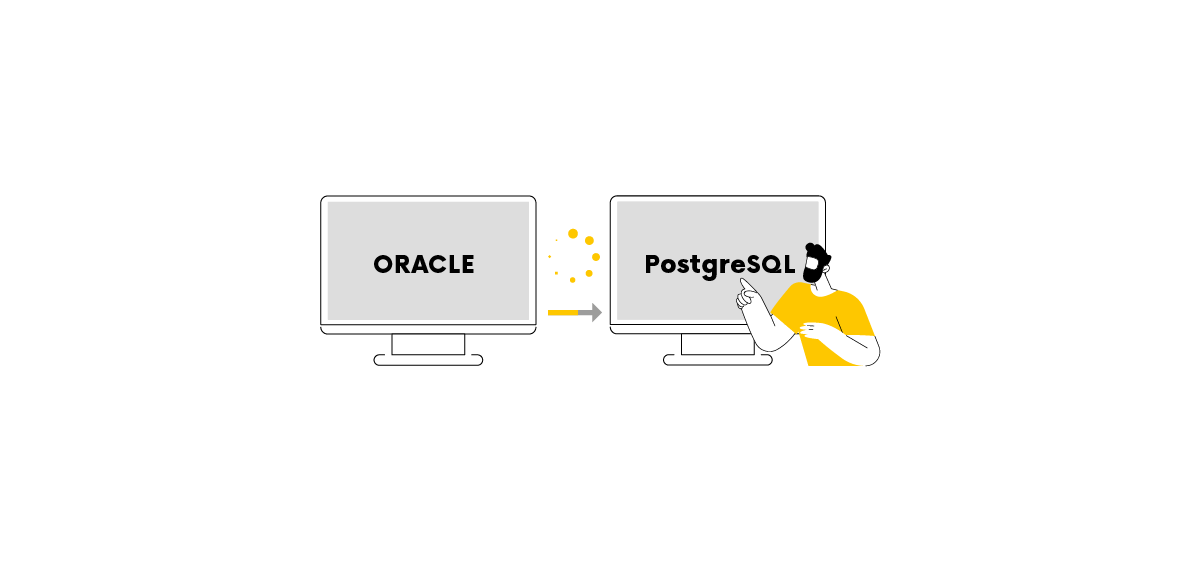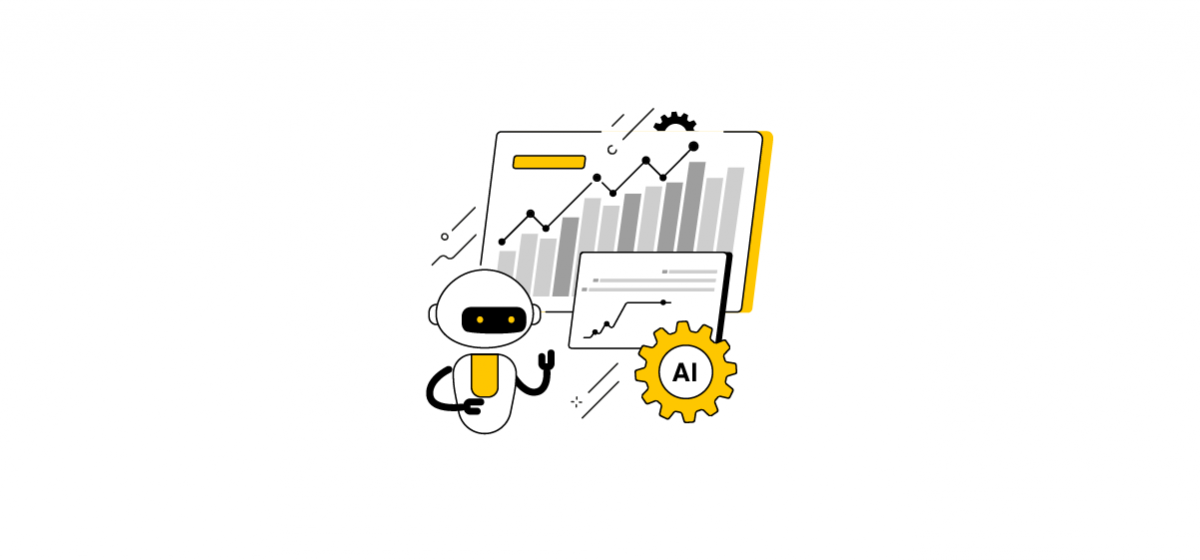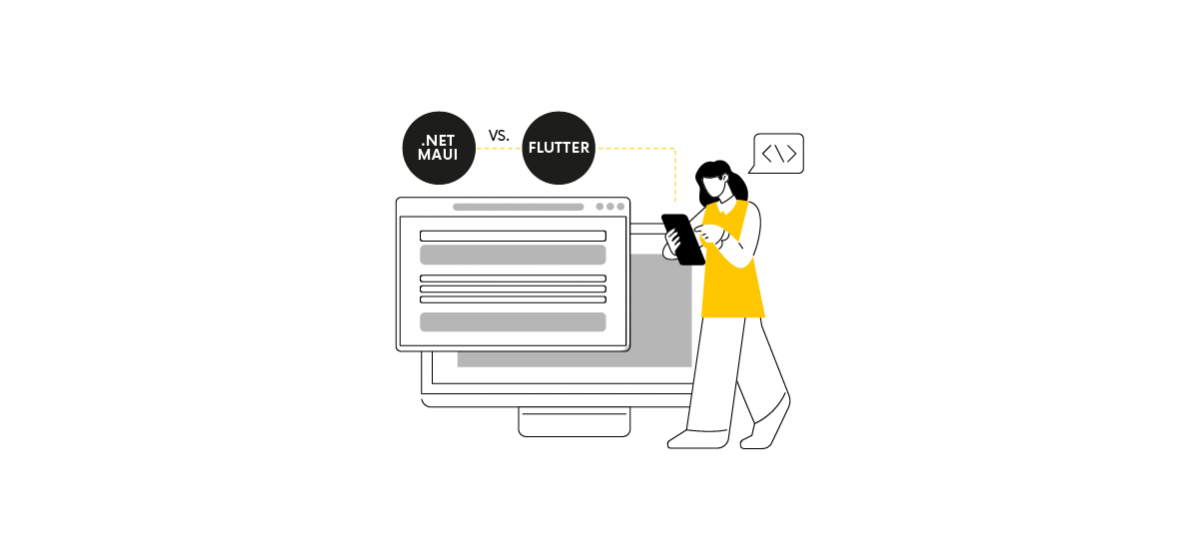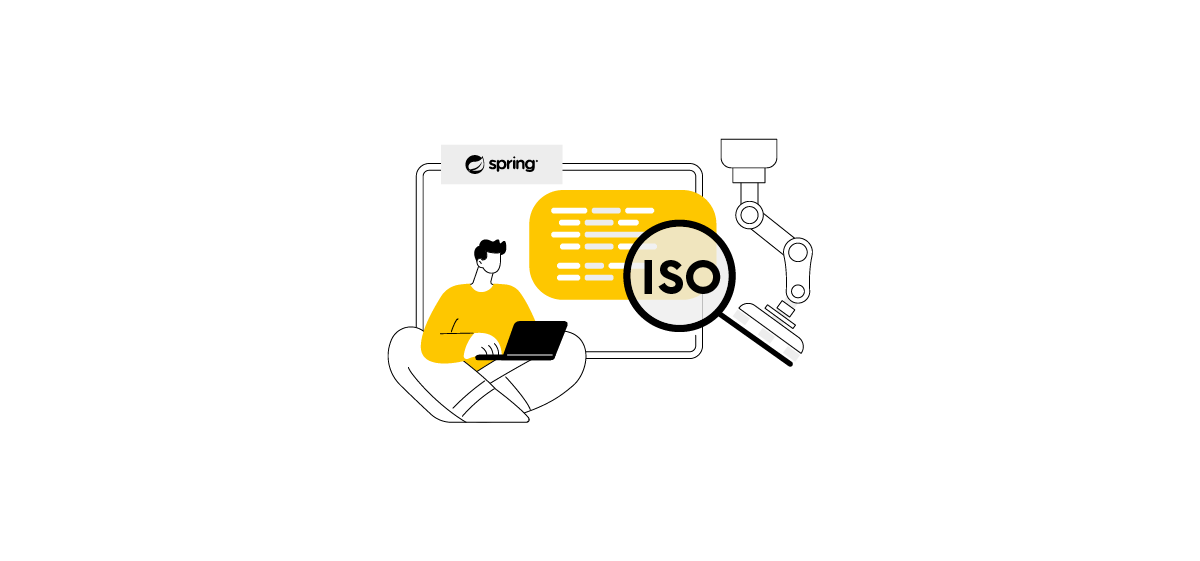
Frameworks and platforms are tools that software developers use to fasten and ease coding. They're built on top of programming languages; Rails on top of Ruby, Django on top of Python, and JavaEE on top of Java.
These extensions, however, aren't exclusive to programming languages. Depending on the business and tech needs, companies may choose Flask over Django for Python, Sinatra over Rails for Ruby, or Spring over JavaEE for Java.
Today, I want to focus on the last case, the Spring Framework, which was established in 2003 by the community of Java developers. They noticed that performing specific tasks is slow when working with JavaEE, primarily those related to security and user management. So they decided to build an independent, open-source solution to speed up their work.
Spring, the new framework, has taken the world of Java programmers by the storm, and there are a few reasons for that.
Table of Contents
1. More developers in the market
JavaEE is a platform that companies used to rely on in the past, and most users and developers already consider it a legacy solution. In the meantime, however, better solutions emerged on the market, and software developers followed them.
Since many large companies still use JavaEE, there is still a need for JavaEE specialists. You can find them, but they’re a rare breed, and as a result, they’re more expensive than ones specializing in modern, popular frameworks and platforms.
Companies that choose Spring have access to a larger pool of developers, which in 2022 is a critical business factor for growth. In contrast, companies that stay on JavaEE have higher programming costs due to more difficult-to-find (and more expensive) specialists.
Even more developers
JavaEE only supports one programming language, Java, while in Spring, you can use another language, Kotlin. They are two very similar languages, and their differences are cosmetic.
By choosing Spring, you are opening up to the pool of another 2 million programmers on the market.
2. Access to the best technology
Spring is a grassroots initiative; for 20 years, this framework has been created and developed by independent programmers who want to program faster and more effectively. When new technologies and tools pop up, the Spring community tests, implements, and uses them immediately.
JavaEE, on the other hand, is owned by a corporation. So while it’s also the programmers who develop the platform, they are dependent on Oracle's procedures; each decision goes through the manager, who has to consult it with the next manager, and so on.
Unfortunately, changes in the programming world are happening faster than decisions in enterprises. So before Oracle and JavaEE implement a patch, the independent (and much larger) Spring community will introduce, test, and improve a dozen of them.
That's why Spring companies are opening up to the latest technology in real-time, not when Oracle releases a patch.
3. Cheaper infrastructure maintenance
JavaEE requires a dedicated application server that increases the complexity of the technology infrastructure and requires regular maintenance. Spring has a built-in, lightweight, and almost maintenance-free application server.
Thanks to Spring, IT infrastructure maintenance is simpler, thus cheaper, and less prone to human error.
Easier system (and business) scaling
Spring supports software in the cloud better than JavaEE and facilitates scaling the software as the number of clients (users) grows. Spring Cloud is a collective name for modules that monitor and optimize infrastructure in the cloud.
One of these modules which is key to tech and business scaling is Load Balancing. It distributes system queries evenly across all application instances so that, even during peaks, the system doesn’t clog.
4. Bugs are caught and repaired at a lower cost
Spring, compared to JavaEE, offers more complex testing possibilities. With JavaEE, you can only test the entire system, while Spring allows you to test layers of the application separately.
Thanks to more complex testing capabilities, companies using Spring can catch more bugs while still in the software development process. And the sooner the error is detected, the cheaper it is to fix it (and the less frustrated the users are).
5. Fast and active support
Spring is Open Source, which means that every developer has access to the code and can develop it, which naturally extends the number of active users of the framework.
Thanks to this, when a technology problem arises, a Spring developer can approach the community on independent platforms and get a response in a few minutes.
On the other hand, when a problem with JavaEE occurs, the developer has to apply via an official Java contact form and wait for a response from a company employee, which may take a few minutes to several… weeks.
7. Better market fit
Since Spring is made by programmers independent of procedures and official Oracle releases, its new versions are released more frequently. As a result, there are no vast, revolutionary updates in Spring every two years; instead, more minor improvements come out regularly.
Spring-based systems are updated regularly, thanks to which companies are up-to-date with the current technological reality.
8. Support for microservices
When JavaEE came out, business systems were mostly technological monoliths; one extensive integrated systems. Likewise, JavaEE was built for a monolithic architecture and has remained mostly so until today.
Today's technological trends, however, show clearly that the shift from monolithic systems to microservices is inevitable. In modern apps, multiple independent platforms are responsible for individual operations, e.g., payments, logging in, or publishing photos. The reason is that when one thing breaks down, you don’t have to suspend the entire system, only a single instance.
9. Faster programming
Spring offers several of the latest technological solutions that facilitate and accelerate the work of developers. For a large part of software developers, they are a "must-have" at work, and they can’t imagine coding without them. Here are a couple of examples.
- Hot swapping – Spring functionality that allows you to make changes in real-time in the development environment. In JavaEE, to see the changes made, you have to reload the application.
- NoSQL support – Spring supports NoSQL databases, i.e., those that don’t have a predetermined structure. They are used in applications that require high bandwidth and scalability.
- Layered architecture – Spring divides the system into separate parts, e.g., Microservices, Cloud services, web apps, mobile apps, etc. Thanks to this, you can build a broader range of applications than in JavaEE, which only supports web-based structures.
From developers, with love
Spring is more modern, scalable, faster, and easier to use than JavaEE. It is still being developed by an active group of developers, who release new versions regularly and care for the growth of the framework, as they directly benefit from it.
On the other hand, JavaEE is slowly disappearing; it's hard to predict its end yet, but the development of this platform is incomparably smaller than that of Spring.
In our experience working with DACH customers, whoever stays on JavaEE will stop growing as fast as the Spring-based competition – for all the reasons mentioned above.
If your company still runs the old platform, it’s not too late to switch to the new.












